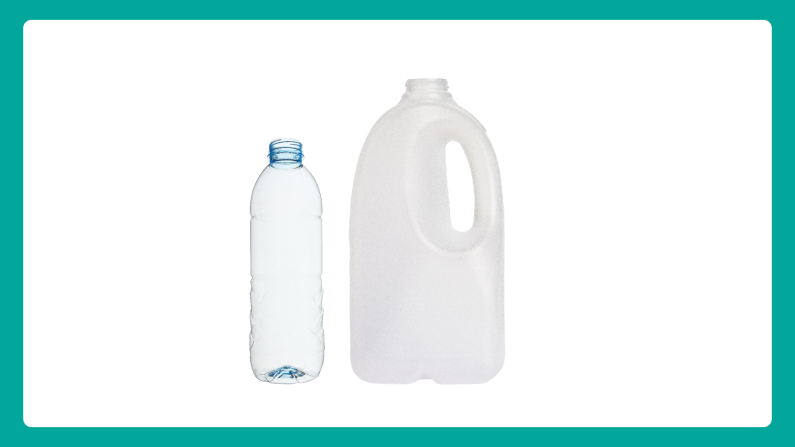Kerbside recycling: plastic bottles
What can go into your council kerbside recycling is now the same across Aotearoa. Find out about plastic bottles.
What can go into your council kerbside recycling is now the same across Aotearoa. Find out about plastic bottles.

Bottles you normally find in the garage or garden shed (containing things such as pesticides, motor coolant or engine oil)
Bottles with no number or numbered 3, 4, 6 or 7
Bottles larger than four litres
Compostable and biodegradable plastic bottles
Lids (including spray bottle tops and pumps).
Bottles containing hazardous chemicals are a health and safety risk.
Bottles numbered 3, 4, 6, and 7, or with no number, are less common and there are few end markets for these types of plastics.
Bottles larger than four litres can't fit through the sorting machines.
Compostable and biodegradable bottles can’t be recycled as they are designed to be composted.
Lids are difficult to sort because they are small and light. Spray bottle tops are made from a combination of different plastics which aren’t easily separated.
Different types of plastics are used to make different types of products. The number tells you what kind of plastic the item is made of.
Just because these items can’t be recycled at kerbside doesn’t mean you can’t recycle them.